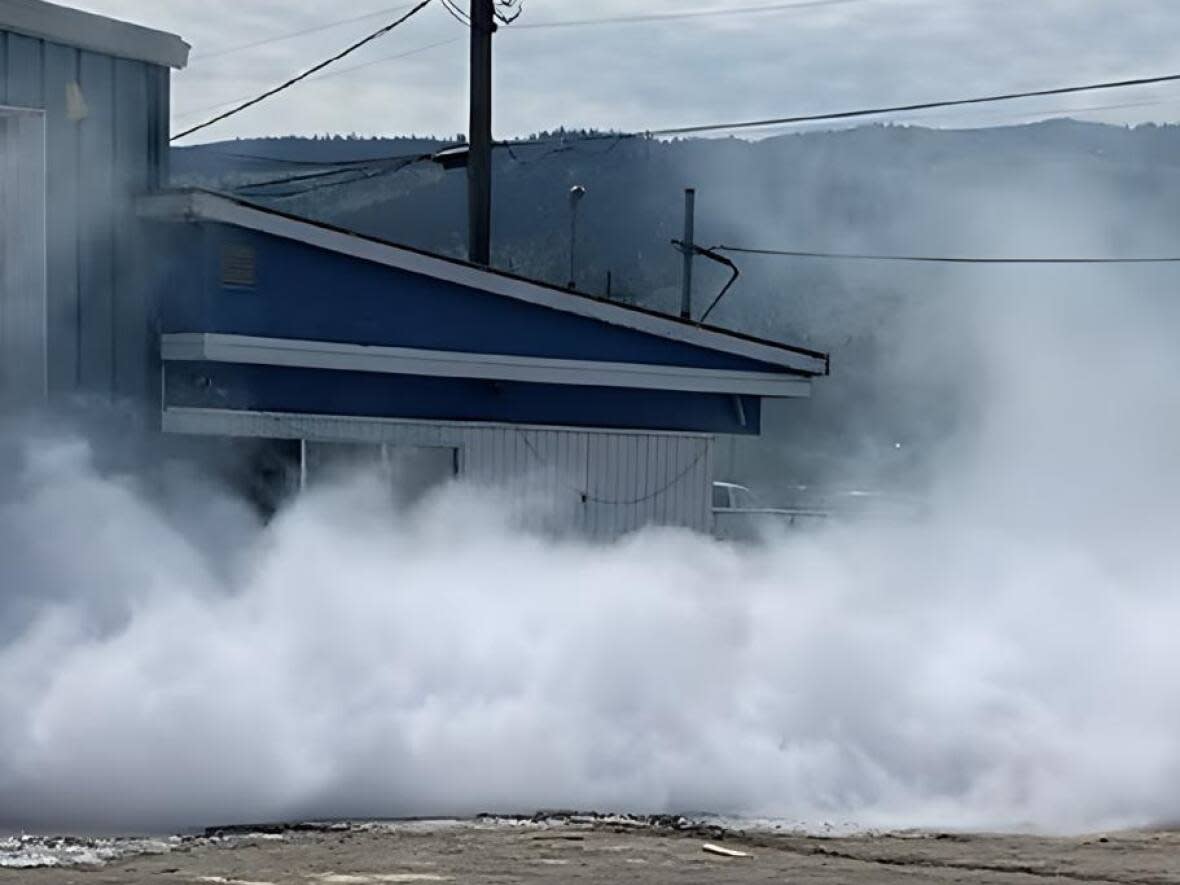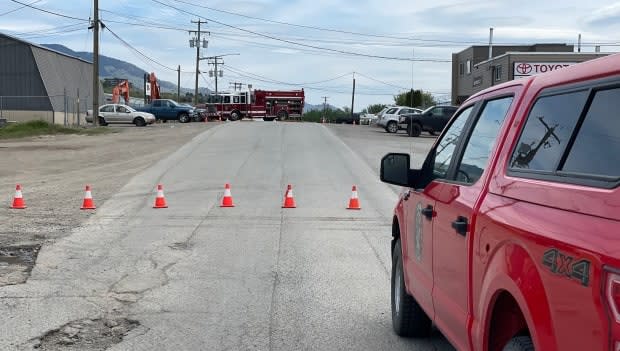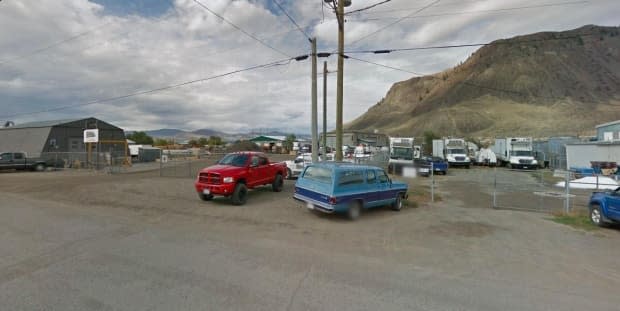Miscommunication, staffing changes contributed to deadly ammonia leak in Kamloops, B.C.: report

A combination of broken communication and staffing changes contributed to a deadly ammonia leak at an ice-making facility in Kamloops, B.C., last spring, an investigation has found.
A report released Thursday said workers mistakenly believed ammonia had been removed from a refrigeration system before they began taking it apart inside the Arctic Glacier Ice building in Mount Paul Industrial Park on May 26.
When one of them opened a ball valve, believing the ammonia had gone, a "significant" amount of deadly gas rushed out.
"This is a traumatic event for everyone involved. Our condolences go out to the loved ones of the deceased and our thoughts are with those who were exposed, witnessed, or were otherwise impacted by this tragic incident," said Jeff Coleman, director of Technical Safety B.C.
The worker was killed, three more people were hospitalized and 14 others had respiratory issues. The incident also led to an evacuation around the industrial park, temporarily shutting down nearby businesses as a cloud of ammonia leaked into the surrounding area.
Tragedy years in the making
The report from Technical Safety B.C., which oversees the operation of technical systems and equipment in the province, said miscommunication and staffing changes over the better part of a decade contributed to the deadly leak.
It began in 2015, when the refrigeration system at the centre of the leak was first shut down in preparation to move it to a facility in Kelowna.
At the time, ammonia was not removed. The colourless but pungent gas is used in refrigeration systems, power generation and manufacturing.
Inhaling low concentrations can irritate the eyes and respiratory systems, but large amounts can be deadly.

Over the next several years, the company made changes to its equipment and had personnel turnover. Some staff thought the ammonia had been removed from the system during the moving preparations years earlier, others did not.
"The misunderstanding about the removal of ammonia persisted until the fatal incident and was likely contributed to by a division of responsibilities, a change in personnel, and the terminology used by those involved," the report read.
Last year, the company started preparing to take away the last of the ammonia equipment from the system. Because of budget implications and the "apparent belief" that there wasn't any gas left, it did not hire a qualified refrigeration mechanic to do the work.
"Had a licensed contractor been involved at this stage a qualified refrigeration mechanic would have likely involved an assessment that would have correctly identified the ammonia in the systems," the report said.

Broker had 35 years experience
Instead, a "broker" came to do the disassembly for free. In exchange, he planned to sell the equipment to a buyer in the United States.
He was working alongside two riggers the day of the leak. The riggers were able to escape, but the broker died.
The leak created a cloud that floated out the bay door into the surrounding area and started a fire inside.
The report said the broker had 35 years' experience disassembling ammonia systems, but always only when the gas had been previously removed.
"Again, every time we started a job, it was never our responsibility to pump [ammonia] out," the report said, quoting a representative from the broker's company.
Technical Safety B.C. also noted a worker realized ammonia was still left the day before the deadly leak. A rigger who cut into a pipe during another phase of disassembly told investigators he "got a face full of gas, but it was believed it was only "residual" ammonia.
The refrigeration system in question was "purged," but the investigation found 45 kilograms of liquid ammonia was still left when the disassembly continued the next day.
Tk'emlúps Rural RCMP, the B.C. RCMP's southeast division, WorkSafeBC and the B.C. Coroners Service are also all investigating.

Three people were killed by an ammonia leak while trying to fix ice-making equipment at a hockey rink in Fernie, B.C., in 2017.


